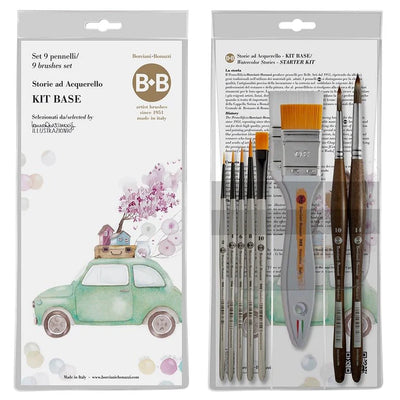Table of Contents
Understanding Acrylic Paint and Its Properties:
The Impact of Acrylic Paint on Fabrics and Surfaces:
Methods to Remove Acrylic Paint:
The Sydney Art Store's Range of Acrylic Paints:
Understanding Acrylic Paint and Its Properties:
Acrylic paint is a versatile medium popular among artists for its adaptability to various techniques and surfaces. It's water-based, which means it can be thinned with water and is relatively easy to clean while still wet. Once the paint has dried, it becomes water-resistant, which can make the cleanup process more challenging. The properties of acrylic paint are what make it so appealing to artists, but they can also cause concerns for those unfamiliar with it. For instance, will it wash off easily, or will it permanently stain your clothing or surfaces?
The Impact of Acrylic Paint on Fabrics and Surfaces:
The impact of acrylic paint on fabrics and surfaces largely depends on how quickly the paint is addressed after being applied. If acrylic paint spills onto a surface or fabric and is left to dry, it can be quite difficult to remove. This is due to the plastic polymers present in acrylic paint, which form a flexible, water-resistant surface when dry. If the paint is still wet, it can usually be washed off with water and a mild soap. However, once it dries, more intensive methods may be required to remove it.
Methods to Remove Acrylic Paint:
There are a variety of methods available to remove dried acrylic paint. It can be scraped off hard surfaces using a knife or similar tool. A solution of warm water and mild detergent can be used to soak and scrub the affected area. For tougher stains, a solvent such as acetone or rubbing alcohol can be used, but it's important to test these on an inconspicuous area first as they can damage certain materials. It's worth noting, however, that these methods may not completely remove the paint, and some staining may remain.
The Sydney Art Store's Range of Acrylic Paints:
At the Sydney Art Store, we offer a wide range of acrylic paints suitable for various artistic endeavors. Our paints are selected for their quality and durability, making them a top choice for artists. While acrylic paint can be challenging to remove once dried, taking quick action and using the right methods can mitigate this. Remember that the key to success is acting quickly - the sooner you can address the spill, the better the chances of completely removing the paint. Visit https://thesydneyartstore.com.au/ to explore our range of acrylic paints and other art supplies.













